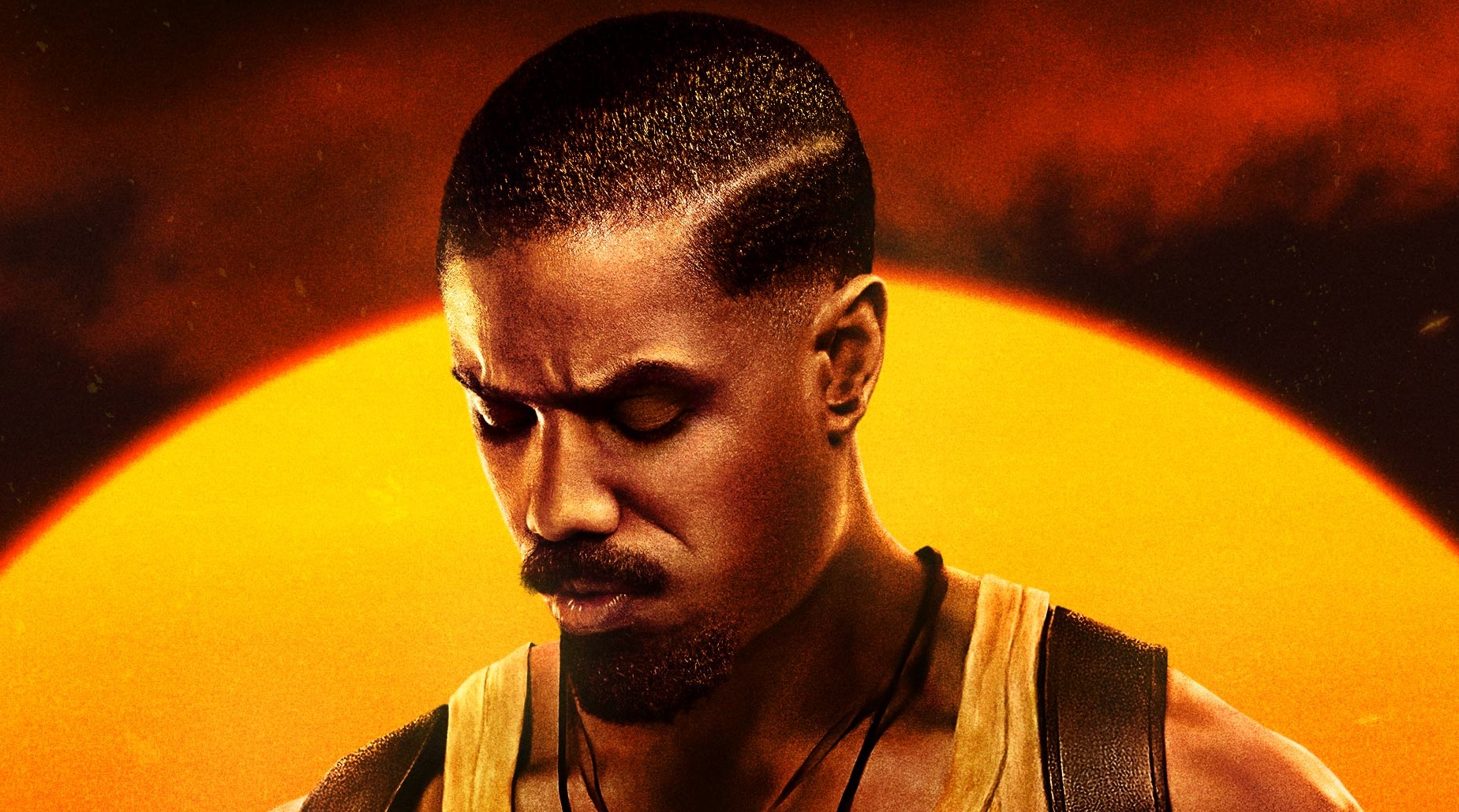ARTICLE AD
One of the best ways to explore ideas of luck and destiny is through themes like the lottery, typical of Indian cinema, and the rich Indian storytelling tradition. In fact, winning lottery is a powerful metaphor that defines many Indian narratives that involve a significant windfall. Indian films about winning the lottery often refer to how such a windfall affects various aspects of an individual’s life with a focus on psychological and social struggles. Let us exploring how Indian cinema portrays the lottery in film.
The fascination with chance
The idea of winning a lottery plays to the universal fantasy of fortune: a perfect pretext for leaving the boring routines of daily reality. Therefore, it is well-grooved across all social layers, which elaborates why it is a perfect subject for filmmakers. The topic of change can generally grip Indian movies in a spectacular, dramatic, and outright moralistic manner.
Classic Portrayals
One of the oldest examples of the lottery in an Indian movie can be found in the very first mainstream feature addressing the subject. “Bazi” is a black-and-white movie from 1951 in which Dev Anand, playing the main character, starts to gamble and bet on the lottery. The movie is largely about morality and the question of to what extent luck can affect one’s relations.
The Moral Aspect
Films like Do Bigha Zamin and Gopi Kishan use the lottery as a tool to reflect on social and economic differences. They demonstrate how easy money may lead to a moral dilemma, in which the leading or minor characters have to decide what path to take. In the majority of cases, they sincerely reflect upon the newly acquired resources or power. However, there are also some other scenarios.
A Reflection of Society
Lottery-based plots also offer a mirror to society: how do we regard money and the opportunity it brings? The story of “Kala Bazar” (1960) is about black marketing of movie tickets, drawing parallels with the lottery system, and highlighting issues of corruption and class struggle.
The Human Element
More recent films like Lucky: No Time for Love (2005) and Kai Po Che! (2013) explore the personal stories behind the lottery. They emphasize human nature: what a character might do if they win or lose and how those results change the lives of characters.
Comedy and Satire
If we had to find comedic elements surrounding the lottery in a movie, it would be Malamaal Weekly (2006), an apt, funny take on what happens when someone from a small village wins the local lottery. These types of movies generally use comedy to satirize the social constructs and group consciousness about wealth.
The Dark Side of Luck
On the other hand, movies like “Striker” (2010) show a darker side of winning the lottery, where a win causes the main character’s whole world to go upside down. These are tales of caution about greed and how the acquisition of sudden wealth can wreak havoc on the winner’s mind and family if they are not prepared.
The Intersection with Mythology
In the age-old Indian cinema, the lottery theme is woven with mythology and folklore. The concepts of ‘karma’ and divine intervention in matters of luck are prevalent in India shows. Many films imply that coming into money via winning the lottery is far more than just a fortuitous happening; it is something a higher entity ordains.
Conclusion
In Indian movies, many lottery scenes reflect how luck, sacrifices, and morality can shape our lives. These scenes or movies can be either funny, serious, or even thought-provoking, giving us a simple insight into what people value and how they perceive the world. In the future, the more prevalent Indian cinema becomes, the more diverse ways will be invented to tell stories about our human passion for luck and dreams, mirroring today’s problems and our age-old desire for wealth.

 3 months ago
48
3 months ago
48 


